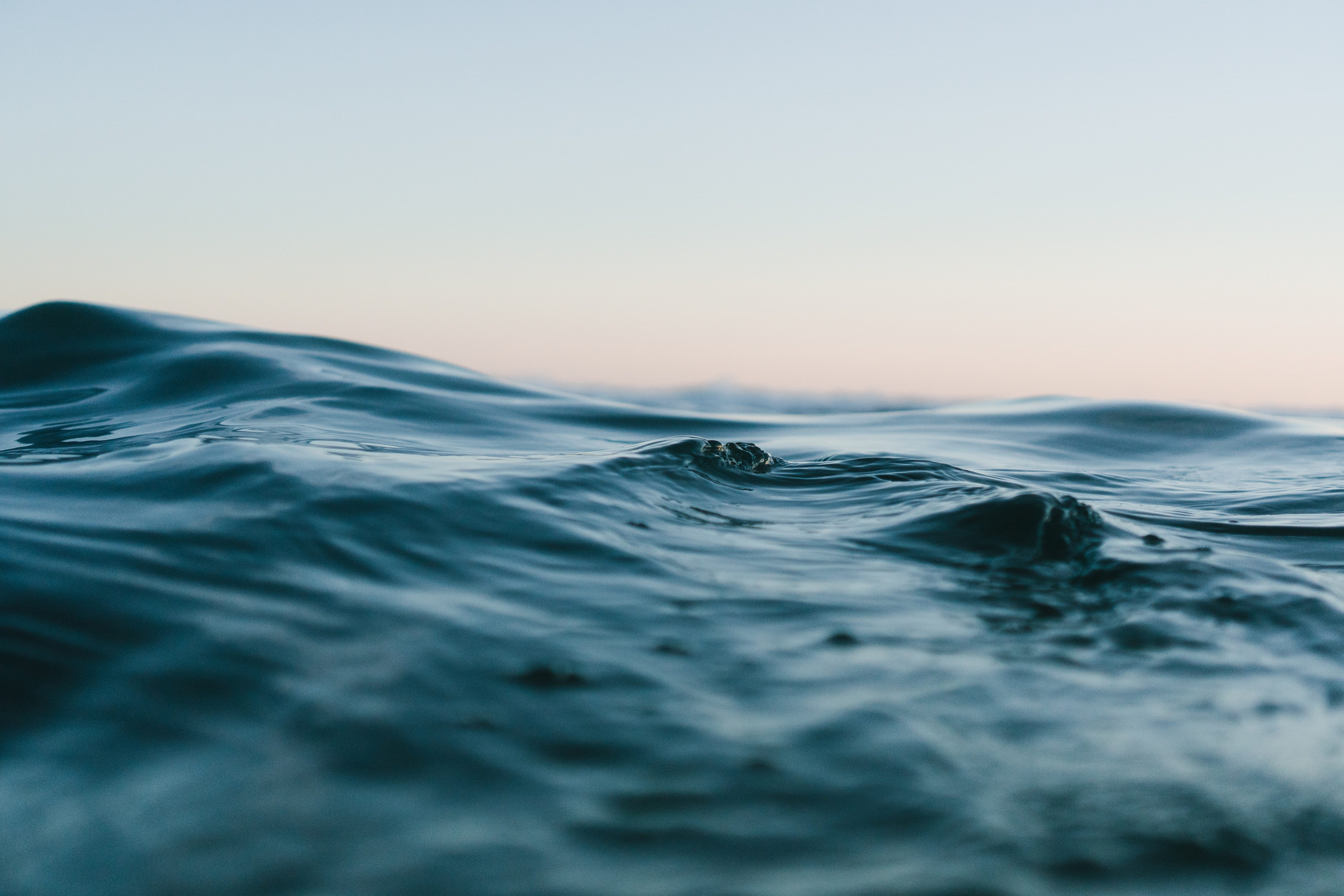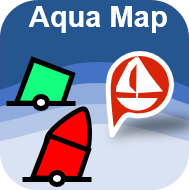Aqua Map Blog
Dangerous Waters
2021, June 21st
Dangerous Blue
The deep blue of our world's oceans and seas covers 71% of the earth and offers unique beauty.
Yet, with water comes the risk. These beautiful bodies of water that we rely on are by no means without danger.

Photo by James Eades on Unsplash
Drake Passage
This perilous sea crossing lies between South America's Cape Horn and the South Shetland Islands of Antarctica. He is considered the toughest in the world.
The powerful Antarctic circumpolar current pushes water through this small space towards the Sea of Scotland and the South Atlantic Ocean.
The Drake Passage defines the climatic transition zone that separates the cool, humid and subpolar conditions of Tierra del Fuego and the cold and polar regions of Antarctica. Although named after the famous English sailor and global circumnavigator Sir Francis Drake, the passage was first crossed in 1616 by a Flemish expedition led by Willem Schouten.
This is the ocean that revolves around Antarctica, here it is common to often encounter icebergs, pack ice, huge storm surges and strong winds, so it's no wonder.
Weather and water conditions are often unpredictable, currents and winds are so extreme, that on a scale of 12, where the highest value, corresponds to the activity, at the center of a hurricane, in this area, they can be recorded values of 10.
There is no "perfect" time to cross the Drake Passage to the Antarctic Peninsula, the weather can be extremely unpredictable throughout the season.
Bermuda Triangle
The mystery behind the Bermuda Triangle remains unsolved, however what we do know is that we will never want to go there.
The Devil's Triangle, the Bermuda Triangle is a region located in the western part of the North Atlantic Ocean.
The area has a roughly triangular shape whose vertices are formed by Bermuda, Puerto Rico and Miami, Florida.
The loss of ships and aircraft in the Bermuda Triangle has been recorded since 1900 even earlier.
For decades, the legendary Bermuda Triangle of the Atlantic Ocean has captured the human imagination with inexplicable disappearances of ships, planes and people.
Charles Berlitz himself, an American writer, known for his controversial bestsellers of mystery science and "mysterious archeology", obsessed with the paranormal and the close link between Atlantis and Bermuda, wrote the best seller, "The Bermuda Triangle", which made this mystery common and famous.
Some speculate that there are unknown and mysterious forces, but the scientific evidence base is more truthful.
These include ocean flatulence (methane gas that erupts from ocean sediments) and disruptions in geomagnetic flow lines.

Photo by Charlie Hales on Unsplash
Indian Ocean
This ocean represents about a quarter of the Earth's water and is located near and along the equator.
It is the warmest ocean in the world and due to its temperature it is a dangerous place on the meteorological front, because it is the ideal habitat to develop a perfect tropical storm: monsoons, tsunamis and other catastrophic natural meteorological disasters.
The number of intense storms has increased in recent years.
Experts link this to rising sea surface temperatures. When the oceans are warmer, stronger storms can form.
However, there is another threat in the Indian Ocean, namely the pirate groups that dominate this territory, who come from Somalia and have a single goal: to make money by taking hostages and asking for huge ransoms.
Southern Ocean
It is known for its turbulent and dangerous waters.
Waves often exceed 32 feet. Such high waves are normally found only in warmer oceans that experience hurricane activity, but even the icy waters of the Southern Ocean can produce immense storms. In fact, the Southern Ocean is home to some of the largest waves in the world.
Ships crossing these waters are at the mercy of a continually harsh climate. Icebergs can literally form at any time of the year.
But this area is also very important for the strong role that the Southern Ocean plays in our climate and therefore fundamental for science.
So the oceans are really a risk, but as Vincent Van Gogh wrote “The fishermen know that the sea is dangerous and the storm terrible, but they have never found these dangers sufficient reason to stay ashore”.

Photo by Matt Hardy on Unsplash
The big blue is much more than its risk, a fundamental resource for humanity and for this we must continue to explore it…sure...be careful!







